155 CD / Johannes Brahms: Complete String Quartets
Description
"[...] The Auryns approach the Quartets, which are some of the most complex Brahms ever wrote, with an entirely open mind. The four musicians playing most expressively, without ever drifting off into that thick, waffly vibrato-dripping sound which serves many a far more famous quartet formation as a surrogate for true passion. The Auryn Quartet’s Brahms sounds lean and yet sensual; the tempi are prompt and flexible. [...] A highly successful recording which was also recorded in a first-class way (as we have become used to from the ambitious Tacet Label)" (bayern 4 Klassik)
6 reviews for 155 CD / Johannes Brahms: Complete String Quartets
You must be logged in to post a review.


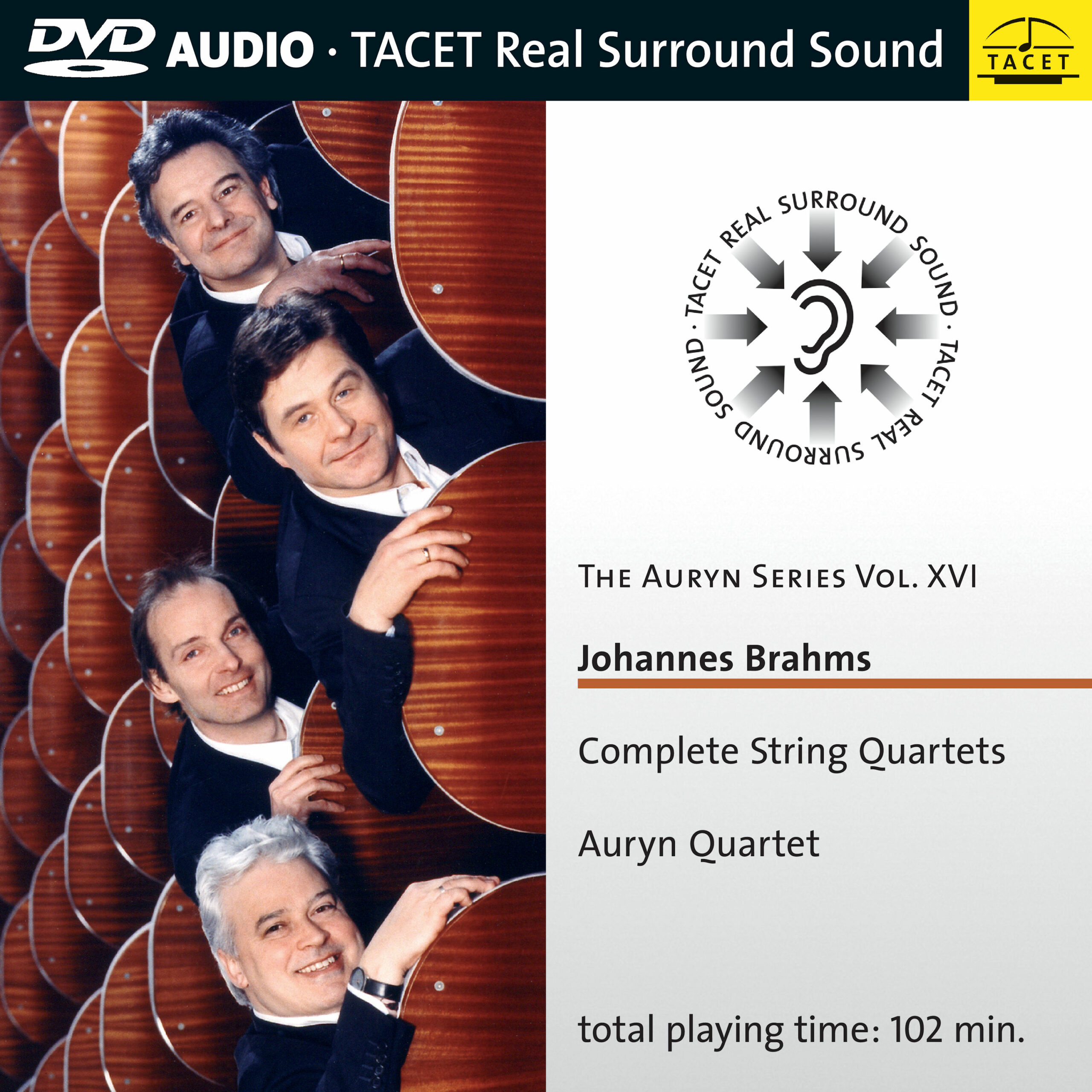

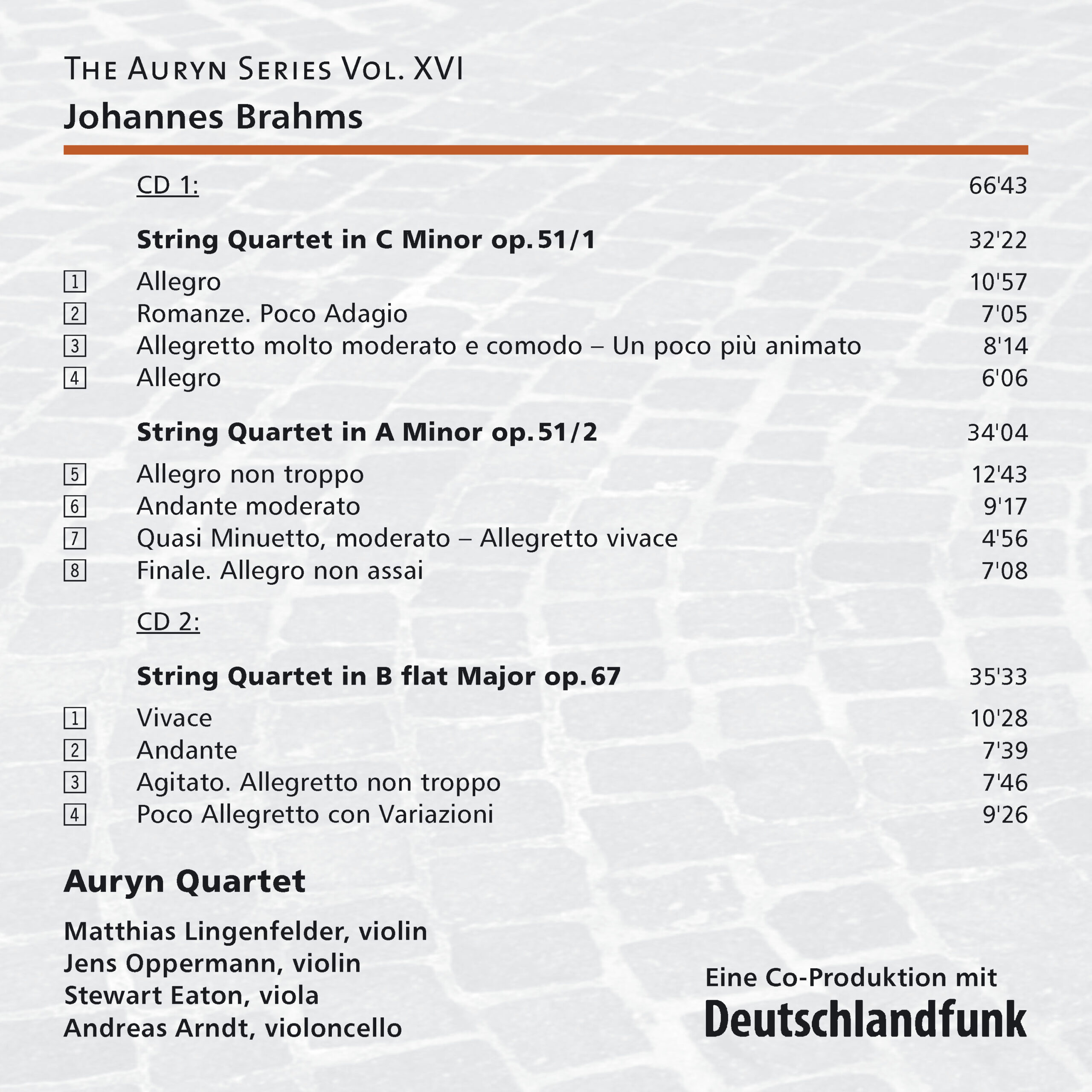




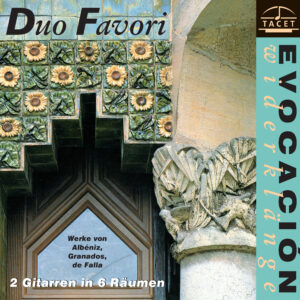


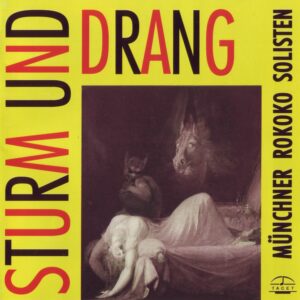




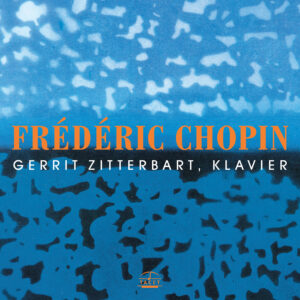

Pizzicato –
Johannes Brahms’s three string quartets belong on the summit of chamber music. The Auryn Quartet certainly ascends to that height, but it does not linger in reverent awe—it drills deep into the rock to expose the music’s deeper layers. After all, Brahms labored over these works for years, and what he embedded in them must first be explored. In this interpretation, the Auryn’s Brahms is less urgent than that of other quartets, but in return, we hear more of the music itself. It is played with transparent clarity and as artfully as Brahms wrote it. If you can grasp the difference between “bold” and “forceful,” you will understand what I mean when I say this Brahms sounds bold. It is certainly spirited, full and rich, with a magnificent palette of colors, but never truly overdriven. This Brahms draws its sensuality from the interplay of tension and release. It is an exemplary recording—musically and technically.
RéF
Le monde de la musique –
Founded in 1981 and trained under the Amadeus Quartet and the Guarneri Quartet, the Auryn Quartet has distinguished itself through various cycles dedicated to Beethoven, Mendelssohn, Schumann, Schoenberg, and regularly performs contemporary music. In Brahms, these musicians demonstrate articulation, structure, and cohesion that surpass their earlier Beethoven recordings. They have advanced in the art of using suspensions and expressive tensions; their playing is incisive and firm, though instrumentally it does not match the Janáček, Welter, Bartók, Alban Berg I and II, and Prazak Quartets in the First String Quartet in C minor (1859–1873), nor the Berg II and Prazak Quartets in the Third String Quartet in B-flat major (1875–1876). Beauty and richness of timbre do not seem to be the primary concern of the Auryn Quartet, which instead prioritizes balance and homogeneity.
The approach is classical, technically masterful, somewhat austere, and distant. Yet the dramatic tension is not lacking in their interpretation of the challenging Second String Quartet in A minor (1859–1873)—undoubtedly the most successful of the cycle. Rigor and the development of motifs in Brahms do not merely appear as the necessary counterpart to lyricism. In the absence of a truly new overall structure, the composer asserts his personality within each individual movement. The Auryn Quartet has understood this well, acting as united and faithful interpreters of a texture in which every motif is underpinned by its own dynamic.
Patrick Szersnovicz
______________________________________
Original Review in French language:
Fondé en 1981, formé auprès du Quatuor Amadeus et du Quatuor Guarneri, le Quatuor Auryn s′est illustré par différents cycles consacrés à Beethoven, Mendelssohn, Schumann, Schoenberg, et joue régulièrement la musique contemporaine. Ces musiciens font montre dans Brahms d′une articulation, d′une carrure et d′une cohésion supérieures à leurs précédentes gravures beethovéniennes. Ils ont progressé dans l′art d′utiliser les suspensions et les tensions expressives ; leur jeu est incisif et ferme, même si, sur le plan instrumental, il n′égale pas celui des Quatuors Ianâcek, Welter, Bartôk, Alban Berg I et II et Prazak dans le Premier Quatuor en ut mineur (1859-1873), ni celui des Berg II et des Prazak dans le Troisième Quatuor en si bémol majeur (1875-1876). La beauté, la richesse des timbres ne semblent pas être le principal souci du Quatuor Auryn, qui privilégie plutôt l′équilibre, l′homogénéité.
Le propos est classique, techniquement maîtrisé, un rien austère et distant. Mais la tension dramatique ne fait pas défaut à l′interprétation du difficile Deuxième Quatuor en la mineur (1859-1873). Sans doute la plus réussie du cycle. La rigueur, le déploiement des motifs n′apparaissent pas seulement chez Brahms comme la contrepartie nécessaire du lyrisme. En l′absence d′une structure d′ensemble vraiment nouvelle, c′est à l′intérieur de chacune des parties que le compositeur affirme sa propre personnalité. Les Auryn l′ont bien compris, solidaires et fidèles traducteurs d′une texture où chaque motif est sous-tendu par une dynamique propre.
Patrick Szersvovicz
Fono Forum –
If the sound of this recording weren’t so compellingly clear and naturally spacious, one might almost mistake it for a historical performance. The Auryn Quartet’s interpretation of Brahms enchants the listener with seemingly (but only seemingly!) old-fashioned virtues—qualities that, in an era of sharp tempos and crisp contrasts, have sometimes been forgotten.
This is evident, for example, in the wonderfully dense legato with which the strings weave broad, cantabile, and supple phrases in the first movement of the C minor Quartet—as a result, the staccato articulations do not come across as fussy or fragmented, as they sometimes do elsewhere. Or consider their approach to tempo: The musicians take their time to let melodic lines unfold expressively without ever dragging—an exemplary demonstration of tasteful rubato, essential in Romantic music! Equally delightful is the way they savor the subtle harmonic and coloristic shifts in Brahms’s musical language. Just listen to the softly whispered yet warmly rendered repetition of the theme in the slow movement of the Second Quartet.
The result is a moving, highly expressive, yet entirely transparent recording that demonstrates how an ensemble performing in the same lineup for 27 years can benefit from their rich shared experience without falling into routine. The interpretation reflects both a mature, masterful ensemble culture and an unmistakable, deeply felt love for the music. It is a highlight in the Auryn Quartet’s discography—and one of the most beautiful Brahms recordings in the entire catalog.
Klassik heute –
Exemplary, captivating interpretations of Johannes Brahms’s three string quartets—from the first note to the last—can be counted on one hand. Among them are undoubtedly the Alban Berg Quartet’s recordings from the 1970s and last year’s release by the Emerson String Quartet. Now, the Auryn Quartet’s recording (The Auryn Series Vol. XVI) joins their ranks as a meticulously conceived, highly charged, and brilliant interpretation. For these milestones of quartet literature—these epitomes of strict yet refined constructions, these models of the most concentrated and artful motivic development that far surpasses classical thematic work—demand interpretations that are masterful in architectural and dramatic design, rich in emotion, and expressed in an extraordinarily colorful musical language (even in the famous viola solos of the third movement of the B-flat Major Quartet, Op. 67). The Auryn Quartet delivers with sophisticated tone production that ensures constant transparency within the ensemble’s texture. Without sacrificing fluidity, the quartet’s bold, espressivo playing places special emphasis on structural, plastically modeled details, dedicating itself entirely to the unfolding of a movement or entire work from minimal motivic substance.
The performance of the C minor Quartet, Op. 51, No. 1 dazzles with electrifying shifts in mood and piercing intensity—both in the restless sequencing of the germinal motif in the first movement and in the devotedly sung Romanze, the steady flow of the Allegretto, and the highly agitated Finale. Equally compelling is the A minor Quartet, Op. 51, No. 2, where the quartet masterfully shapes the unsentimental interplay of tension and release—whether between the expansive third-based melodies and the continually surprising thematic developments of the first movement or between the innocent songfulness and moments of unrest and turmoil in the Andante moderato. Finally, the four musicians seem to take pure delight in exploring the diverse expressive realms of the B-flat Major Quartet, Op. 67—from its rhythmic and harmonic subtleties to its thematic artistry within the intricately interwoven movements. In short: This recording comes with the warmest recommendation.
Christof Jetzschke
Ensemble –
What hasn’t this string quartet recorded in its 27 years with an unchanged lineup? And now? Can one perhaps detect a hint of weariness or an overly controlled approach? Not at all! Quite the opposite. This quartet seems to relish pushing boundaries and taking risks in their playing—risks that, when successful, pay off in sound. And this is almost always the case. Brahms appears to suit these four seasoned string players exceptionally well. With verve, they tackle Brahms’s First Quartet, Op. 51, No. 1, yet they know how to give every motif its space, how to follow the singing melodies with intoxicating devotion, and how to let them linger—without ever losing control. This is one of the qualities that define this recording: the fusion of vehemence in sound and individual perspective, combined with profound depth and precision. These musicians still burn with passion for the melancholy and heartache expressed in the music, for the fascination of immersing themselves in it, surrendering to it, and letting it carry them away. Not for a moment does this quartet come across as detached or complacent in even the subtlest nuance. Once again, the listener is swept away by an Auryn Quartet recording. A fantastic performance!
C. Dürer
Bayern 4 Klassik Radio –
The name comes from The Neverending Story. In Michael Ende’s famous novel, AURYN is a magical amulet that grants its wearer the gift of intuition. The book was published in 1979, and just two years later, the Auryn Quartet was founded. Today, after more than a quarter of a century, it still performs with the same lineup—a rarity in the world of chamber music. It seems the amulet’s magic is still at work.
Intuition is essential for a string quartet—not only for their ensemble playing but also to capture the true spirit of the music. Yet, as in all things, balance is key. Brahms, for his part, did not rely on intuition alone; for him, it was merely the starting point. What followed was a process of relentless labor and uncompromising self-criticism. As far as we can trace, he worked on his two quartets, Op. 51, for more than a decade; the third quartet (Op. 67) then came to him more easily. The effort paid off: Few works composed after Beethoven’s death are as masterfully crafted as this trio of quartets—their motivic interconnections and contrapuntal brilliance are unparalleled. So, is this "head music"? Quite the opposite.
Intuition and intellect—or, as Schönberg put it, "heart and mind"—are not mutually exclusive opposites, at least not in art. This music is the most beautiful proof imaginable. Brahms offers more of both than most of his contemporaries; in fact, one even gets the impression that the density of his motivic development only intensifies the passionate emotionality of the music.
The Auryn Quartet approaches Brahms’s quartets—some of the most complex works he ever wrote—with remarkable openness. The four musicians play with high expressivity, never slipping into the thick, wavering, vibrato-saturated sound that still serves as a substitute for genuine passion in many far more famous quartets. Their Brahms sounds both lean and sensual; the tempos are brisk and flexible. And though the four musicians share a long history with both each other and these Brahms quartets, their interpretation is anything but routine. This is a successful recording, and—true to the ambitious standards of the Tacet label—it is also technically superb in its production.
Bernhard Neuhoff